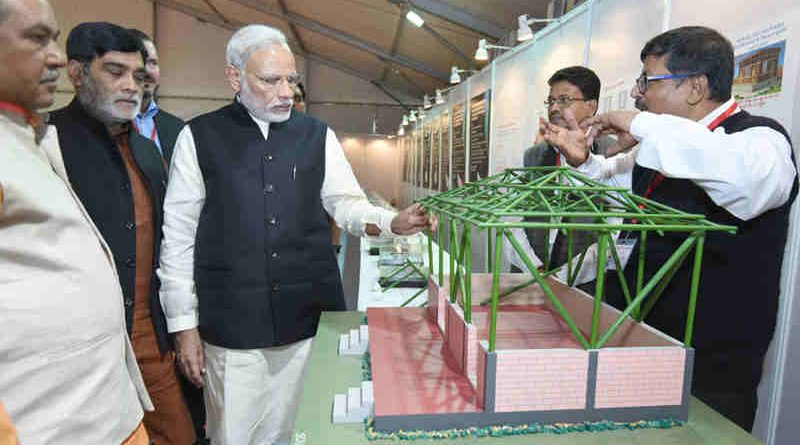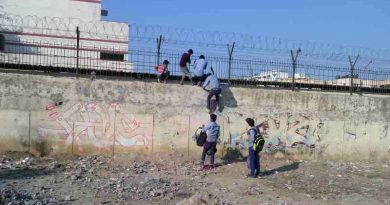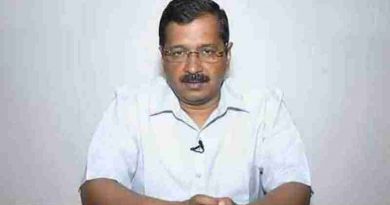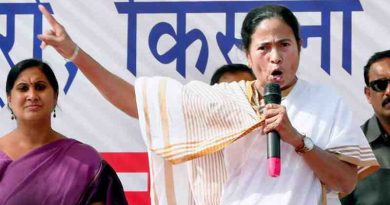Housing for All in Rural India with 200 Housing Designs

The Prime Minister of India Narendra Modi formally launched Sunday “Housing for All” in rural areas under which the government proposes to provide an environmentally safe and secure pucca house to every rural household by 2022.
Named the Pradhan Mantri Awaas Yojana (Gramin), in its first phase the target is to complete one crore (10 million) houses by March 2019.
According to the government, the unit cost for these houses has been significantly increased and now through convergence a minimum support of nearly Rs. 1.5 lakh to Rs. 1.6 lakh to a household is available.
[ Can Government Check Corruption in Delhi Housing Societies? ]
There is also a provision of bank loan of upto Rs. 70,000, if the beneficiary so desires. The selection of beneficiaries has been through a completely transparent process using the Socio Economic Census 2011 data and validating it through the Gram Sabha, the government claims.
PMAY-G is stated to be a major step forward in bringing together Skill India, Digital India, Make In India, Aadhaar platform and Pradhan Mantri Jan Dhan Yojana (PMJDY).
The programme aims to provide skills to 5 lakh rural masons by 2019 and allows over 200 different housing designs across the country based on a detailed study of housing typologies, environmental hazards and the households’ requirements.
[ India Plans to Make Affordable Houses for Urban Poor ]
A large scale use of local materials is envisaged along with a complete home with cooking space, electricity provision, cooking gas, toilet and bathing area, drinking water, etc. through convergence.
The programme targets the poor households and uses infotech and space technology to further confirm correct selection of beneficiaries and progress of work.
The Prime Minister saw over 40 of the over 200 building designs and interacted with newly trained rural masons and beneficiaries. He also distributed sanction certificates to a few beneficiaries from Agra District.
Photo courtesy: Press Information Bureau





